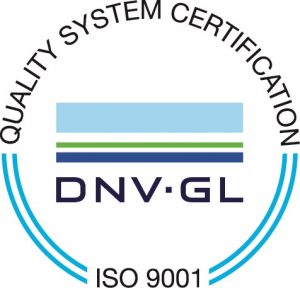Sheet metal fabrication is the process of turning raw metal material into metal parts, structures or desired shapes as required for the project they are completing. This is a fairly complex process since it often requires multiple processes before the sheet metal can be used. While more than one technique can be used to achieve the same end product, you should consider the raw material used, overall costs and which suits the application of the project better. The sheet metal fabrication process usually involves cutting, punching, folding, bending, assembling and welding.
What Does A Sheet Meet Fabricator Do?
- The day-to-day duties of a metal fabricator involve turning raw metal into the desired fabricated structures that can be used as part of a project or product such as medical devices and construction projects. Metal fabricators go through a detailed process with engineers and designers to achieve the desired end result. These steps are:
- Thoroughly read the blueprint and drawings to understand the scope of the project and discuss with the engineering team any potential limitations/considerations
- Assess where to cut, bend, form and assemble the metal parts by calculating the dimensions and tolerances required by the project
- Use machinery and tools to fabricate the metal part. This can be completed by using CNC machining
- Assess the quality of the fabricated metal and test whether it meets the defined specifications
Sheet Metal Fabrication Process
Metal fabrication projects can differ however, the general sheet metal fabrication process involves:
Designing
Specifications and designs are provided to the metal engineers before the project kick-off. This is a critical step in defining the success and outcome of the fabrication. It is important that enough time is provided before the project kick-off to ensure that there is no time and money wasted.
Programming
Programming starts once all the project is signed off. The design is altered into a programmable language that the machine can take action from and start developing.
Cutting
After the programming is completed, a laser is used to cut the metal as it provides much higher precision and requires less time in comparison to hand cutting.
Punching
Depending on the required specifications, a CNC machine may be used to punch holes into the metal.
Bending
This process is often referred to as CNC folding. During this process, the fabricated metal part is clamped and pressured so that it can reach the desired metal form.
Assembly
This phase will depend on the final product’s requirements as it could involve simple welding or integration of other elements including electrical parts.
Powder Coating
To achieve a durable coating, the fabricated metal will go through a heating process that involves the application of electrostatic powder followed by curing.
Sheet Metal Fabrication Applications
Sheet metal fabrication is an extremely common process due to its versatile applications. Common applications include:
Cold Rolled Steel
Used in applications where aesthetics are important. You will often find it in domestic and commercial applications including home appliances, metal furniture, filing cabinets and school lockers. It is also commonly used for building steel sheds, industrial buildings and car parks.
Hot Rolled Steel
Hot rolled steel is known for its strength and is often found in structural components like beams, truck frames, vehicles’ seat frames, cross-sections, rail tracks and sheet metal but can also be seen in public art fabrication and art sculptures. It is also widely used in agriculture equipment.
Stainless Steel
Stainless steel is one of the most popular choices due to its strength, flexibility and high corrosion resistance. It is often found in applications including air exhaust systems, kitchen appliances, storage tanks, pipes, surgical and dental instruments.
Aluminium
Aluminium is light when compared to other metal types and is often used in transportation and home construction due to its low maintenance and thermal efficiency.
If you would like to discuss your upcoming metal fabrication project with one of Australia’s leading metal fabrication companies, we are happy to assist you with all your requirements. Contact our team at Ogis Engineering.


